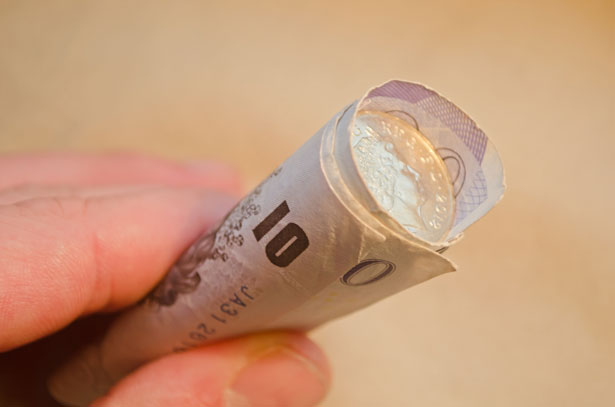A sore, hairless area that leaks clear fluid or pus on your dog may mean that he or she has dog hot spots. These areas of inflamed skin are referred to by veterinarians as pyotraumatic dermatitis, and are caused by a bacterial infection of the skin. But the underlying cause that allowed the bacteria to grow in the first place may be improper hygiene, excessive licking, or allergies.
Irritation of the skin is necessary before an infection can take hold in a dog with a normal immune system. This irritation can result from allergies to parasites, food, or environment, matting or fur that creates a buildup of moisture and debris, or excessive licking or scratching caused by allergies, boredom, anxiety, or other behavioral issues.
It's always recommended to take your dog to the veterinarian, just in case the issue is more serious than it appears. After clipping the fur around the affected area, you or the vet will wash it regularly with a gentle antiseptic or other cleanser until it heals. Sores that were created by scratching or licking may require the use of an e-collar for a short period of time while the area heals.
Treating the problem behind the skin infection is important in making sure that the situation completely resolves. If only the end result is treated, these problematic spots will often recur. Determining the ultimate cause of the irritation is thus necessary for effective treatment.
Clipping matted fur and maintaining a regular grooming schedule will help dogs that get these irritated patches due to excessive fur. Long-haired dogs need to be groomed at least twice a week, and all the mats should be either untangled or clipped out during these sessions. Going to the groomers may be necessary for dogs whose owners cannot keep up with their grooming needs.
Allergic reactions are a bit harder to deal with, as the allergy might be to almost anything in the dog's environment. Enlist your veterinarian's help in where to start, but generally, changing the dog's diet to a low-allergen food, cleaning up any fleas in the house and putting the dog on an anti-flea preparation, and vacuuming the home to remove allergens are called for. An antihistamine (either topical or oral) can help in some cases, as well.
Behavioral issues such as licking can be the most difficult to treat. Usually, affected dogs are either bored or anxious. Treating these problems can help resolve the licking. Bored dogs will benefit from more exercise and training and toys to tire out the body and mind, and anxious dogs will benefit from similar help, as well as other exercises suggested by a trainer or behaviorist. Sometimes, anti-anxiety medications are called for.
Dog hot spots serve as an indication that there is a greater problem with your pet. Treating the issue itself is, of course, very important, but the underlying cause needs to be addressed, too. Proper treatment for the real issue can make your dog more comfortable as well as less susceptible to skin infections, and a happier canine as well.

 Aggression, Biting, and Rough Play in Cats
All kittens and young cats need to play. Play is n
Aggression, Biting, and Rough Play in Cats
All kittens and young cats need to play. Play is n
 Anesthesia for Cats
Anesthetics are drugs used to block the sensation
Anesthesia for Cats
Anesthetics are drugs used to block the sensation
 Prevailing Wage Fringes - How To Take A Credit For Health Insurance
Not ll medical care nsurance is made equal along ith the me
Prevailing Wage Fringes - How To Take A Credit For Health Insurance
Not ll medical care nsurance is made equal along ith the me
 Blood Count and Urinalysis for Dogs
At some time in your dogs life, it is highly like
Blood Count and Urinalysis for Dogs
At some time in your dogs life, it is highly like
 My Dog Has a Bald Spot
Hair loss is a constant event in the life of a dog. With the
My Dog Has a Bald Spot
Hair loss is a constant event in the life of a dog. With the